Report on local contexts and international requirements in teaching art and culture between Europe and Kenya
Deliverable 1.1
Introduction. Interactive exploration of cultural and educational contexts in Kenya
The international research team consisting of researchers from AASZ, UNIMC, PUC, and KU, conducted interdisciplinary and intercultural research on teaching art and culture, taking into account the socio-educational contexts of Kenya and the actual needs and development potential of the country. The team – through institutional meetings and informal workshops – engaged in implementing a socio-cultural dialogue between Europe and East Africa, aimed at disseminating a larger awareness of mutual artistic influences, from the times of Great Avant-garde to contemporary globalisation. In reference to this, the team also interacted with local stakeholders and artists – both in Kilifi and Nairobi – interested in the development of the University curriculums in Art and Design at PUC, as well as in empowering local communities with cultural heritage awareness and contemporary art production fruition. Furthermore, the team is carrying out an exploration of urban contexts in Nairobi, marked by disadvantaged social settings that could benefit from art educational actions carried out in cooperation with local artists as well students and colleagues of KU.
Participation of the researchers in shadow teaching and in realisation of short courses on art and art theory – at the School of Creative and Performing Arts, Film and Media Studies at Kenyatta University (the only Kenyan university offering courses in Fine Arts), and at Pwani University (where the new programmes in Art and Design are to be started) – allowed the researchers from AASZ, UNIMC, and NMS to share their knowledge and competence as well as to learn about theories and methodologies on teaching art and culture in Kenya. The international research team – AASZ, UNIMC, PUC, and KU – designed and created the Bachelor and Diploma programmes in Art and Design at PUC. The work was supported from an educational perspective focusing on the latest European theories and methodologies dedicated to art education. The Programmes’ aim is to promote creativity, innovation, and dynamism, and to respond to the market demands and needs of society in Art expertise, Art Education, Research, Creativity, and Innovation. The programmes are underpinned by the conviction that art and cultural heritage have a big role to play in all spheres of life (political, social, economic, and cultural) and experts in art require quality training to enable them to provide service that is sensitive and responsive to the unique and dynamic needs of society, as well as development of creative industry through design, advertisement media, and the art market. The programmes are guided by the belief that development of Art and Design is crucial and can be nurtured to reach full potential, contributing to national and international development in continuity of both tradition and modernity. As such, the programmes are grounded on the values of empathy, respect for diversity, integrity, excellence, creativity, and innovativeness in art.
Deliverable 1.1 Report on local contexts and international requirements in teaching art and culture between Europe and Kenya
This document is not public.

